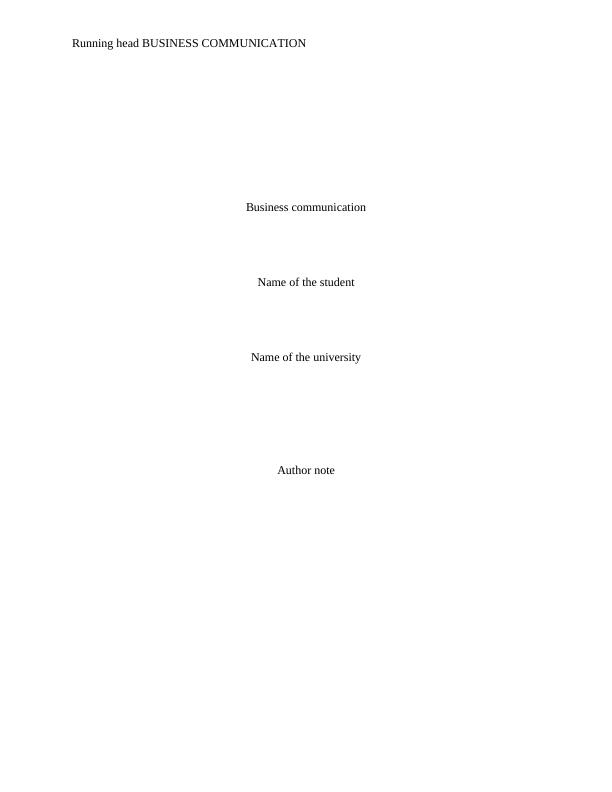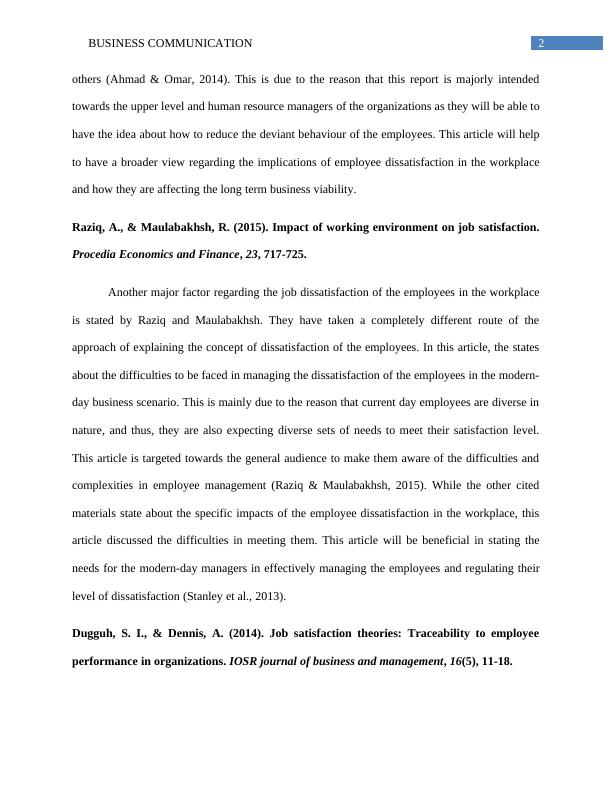Employee Dissatisfaction and Turnover Crises in Business Sectors
10 Pages2526 Words380 Views
Added on 2022-10-04
About This Document
This report provides a clear view regarding the relationships between the employee dissatisfaction and turnover in business sectors. It discusses the impacts of employee dissatisfaction on their behaviour and performance. The report also highlights the importance of job resources and organization fit in managing employee dissatisfaction. The intended audience for this report is the management people who need to have the understanding about the importance of job resources and organization fit.
Employee Dissatisfaction and Turnover Crises in Business Sectors
Added on 2022-10-04
ShareRelated Documents
End of preview
Want to access all the pages? Upload your documents or become a member.
Employee Satisfaction and Dissatisfaction in Globoforce and Google
|14
|3158
|324
Motivation and Job Satisfaction for Generation Y in Workplace
|16
|3961
|118
GSGM7324 - Organizational Development and Change Management
|11
|3525
|138
Influence of Flexible Functioning on Employee's Job Satisfaction : Report
|12
|3331
|52
Strategies for Better Emotional Health
|16
|4316
|396
Operational Issues in Tourism and Hospitality Management
|6
|1288
|32



